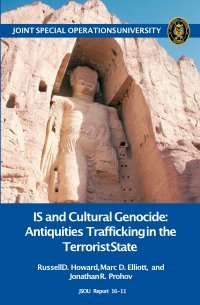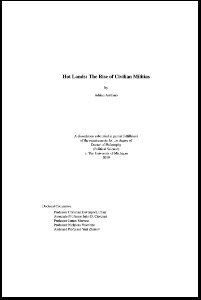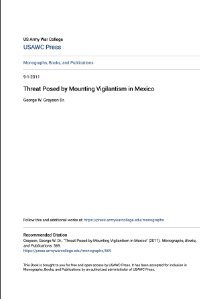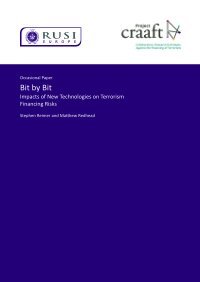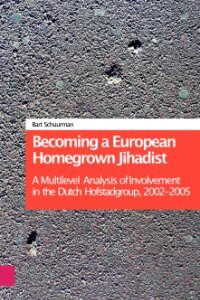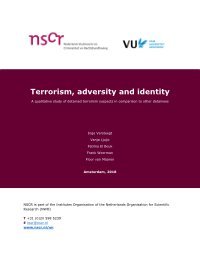By Treverton, Gregory F. ,Matthies, Carl , Cunningham, Karla J.,Goulka, Jeremiah ,Ridgeway, Gregory , Wong, Anny
This report presents the findings of research into the involvement of organized crime and terrorist groups in counterfeiting products ranging from watches to automobile parts, from pharmaceuticals to computer software. It presents detailed case studies from around the globe in one area of counterfeiting, film piracy, to illustrate the broader problem of criminal--and perhaps terrorist--groups finding a new and not-much-discussed way of funding their activities. Piracy is high in payoff and low in risk, often taking place under the radar of law enforcement. The case studies provide compelling evidence of a broad, geographically dispersed, and continuing connection between film piracy and organized crime, as well as evidence that terrorist groups have used the proceeds of film piracy to finance their activities. Counterfeiting is a threat not only to the global information economy, but also to public safety and national security. Cooperation among law enforcement and governments around the world is needed in the battle against intellectual-property theft, and meaningful progress will require increased political will, strong legislation, consistent enforcement, deterrent sentencing, and innovative solutions. The report lays out an agenda of measures. Increased global intelligence-gathering and sharing is needed to further illuminate the scope and nature of the connections between piracy and organized crime, and policymakers and law enforcement worldwide should reexamine the common but erroneous assumption that counterfeiting is a victimless crime.
Santa Monica, CA: RAND, 2009. 183p.




